Up Your Alley: Jurong, from 'cowboy town' to heritage hotspot
This is the third of CNA's new series to uncover hidden gems around Singapore. Write in to tell us what makes your neighbourhood special.
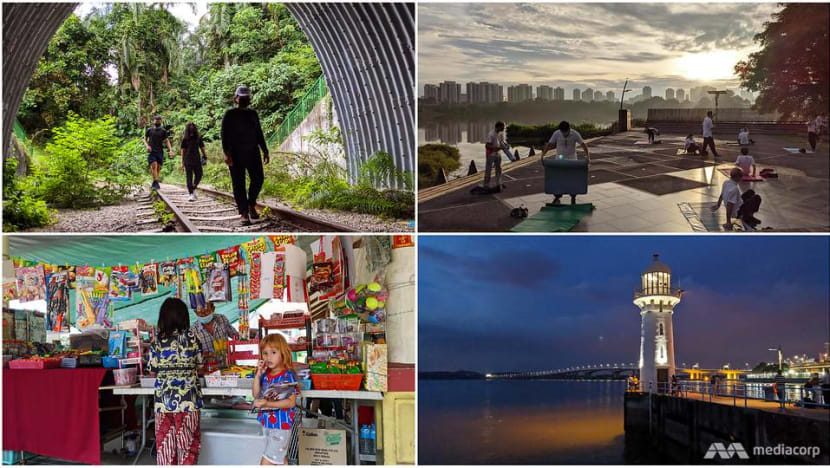
Clockwise, from top left: A family walking into one of the Jurong Railway tunnels, Qigong practitioners at Jurong Lake Gardens, Raffles Marina Lighthouse at dusk and an old-school convenience stall at Taman Jurong. (Photos: Try Sutrisno Foo)
SINGAPORE: “If you ask a lot of old-timers about Taman Jurong, it was a cowboy town,” Jurong resident Poovendran, or Vern as he would prefer to be known, said candidly of his neighbourhood.
The 35-year-old former pilot was born and raised in Jurong and has lived there all his life. He recalled an eye-opening childhood in one of Singapore's oldest residential precincts: “There were a lot of vice activities going on such as abuse of substances, secret societies … Walking down the stairways when making my way to school, you’d find delinquents sitting around the staircase sniffing glue. Probably not the best estate to grow up in because it was a rough neighbourhood."
Despite the less-than-savoury beginnings, Jurong has evolved greatly over the years to one that is home to destinations like Jurong Lake Gardens, a place Vern thinks is an “underrated” hidden gem.
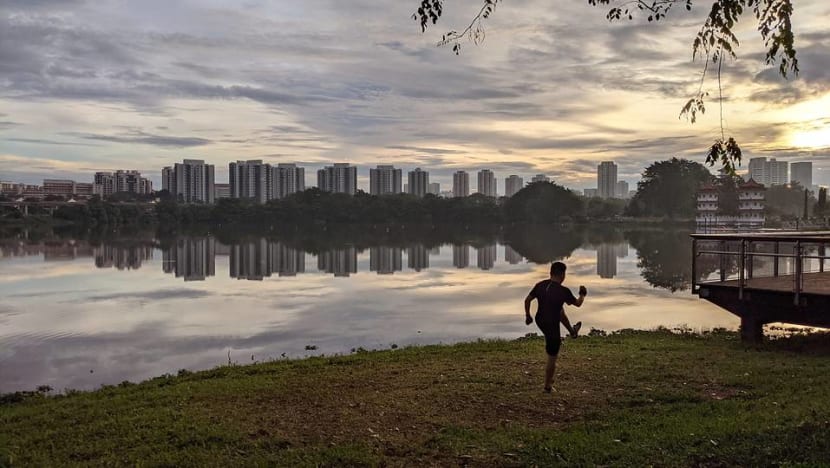
“Most of the time when you talk about lakes and reservoirs (in Singapore), people only think about Lower Seletar or Macritchie, so Lakeside (and Jurong Lake Gardens) is a bit underrated,” Vern said, showing CNA the boardwalk at the Gardens that is his favourite spot.
“This boardwalk – especially in the evenings as the sun is setting – you see the sky light up, you see the train tracks and watch the trains go by – and if you’re lucky, some wildlife will come and entertain you.”
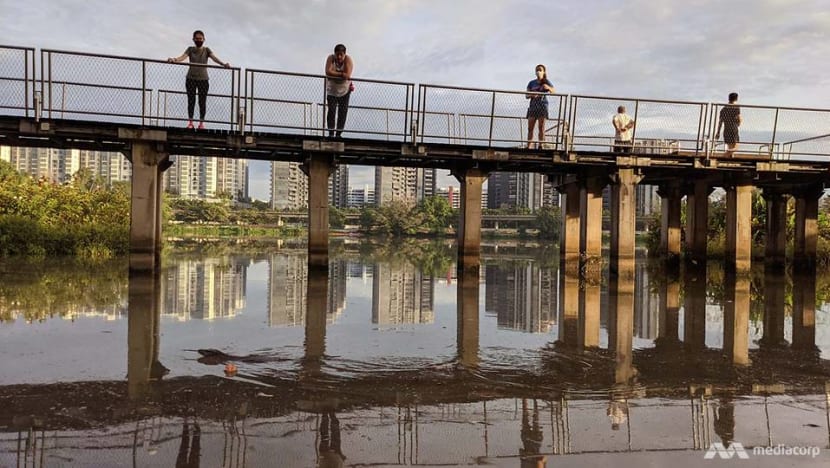
The pace of development in Jurong has been unrelenting in the past few years, with malls like Jem and Westgate popping up in tandem with various other proposed redevelopments like the Science Centre. Jurong Lake District, which Taman Jurong is a part of, has also been earmarked to become the “largest commercial and regional centre outside Singapore’s city centre”.
Yet despite the constant change and upheavals within the neighbourhood, there are still heritage hotspots pointing back to Singapore’s history hidden away in this western enclave to make it worth exploring, as mentioned by various people CNA spoke to.
This instalment of Up Your Alley spotlights a few of these off-the-beaten-track recommendations.
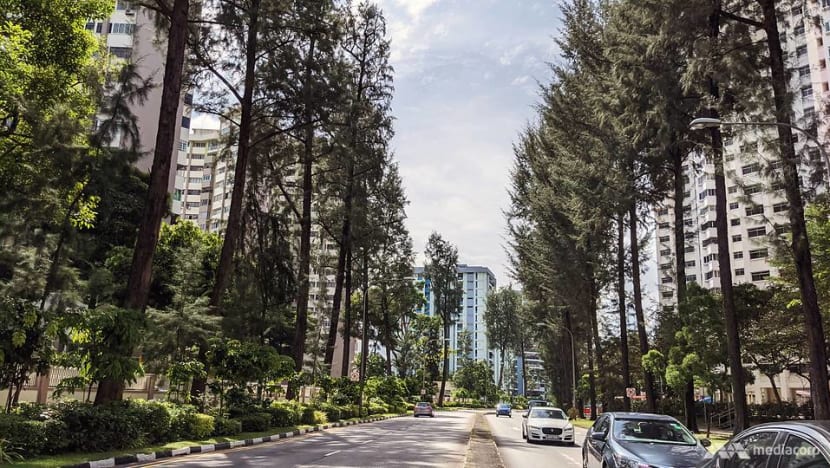
TAMAN JURONG: DIAMOND IN THE ROUGH
While taking us on a tour around his neighbourhood, Vern pointed to an unassuming construction site as one that encapsulates the past glories of Singapore’s footballing heritage.
What was once Jurong Stadium is now a development project that is fenced up and populated by heavy vehicles and machinery intent on tearing open the ground to set the foundations for the stadium’s successor.
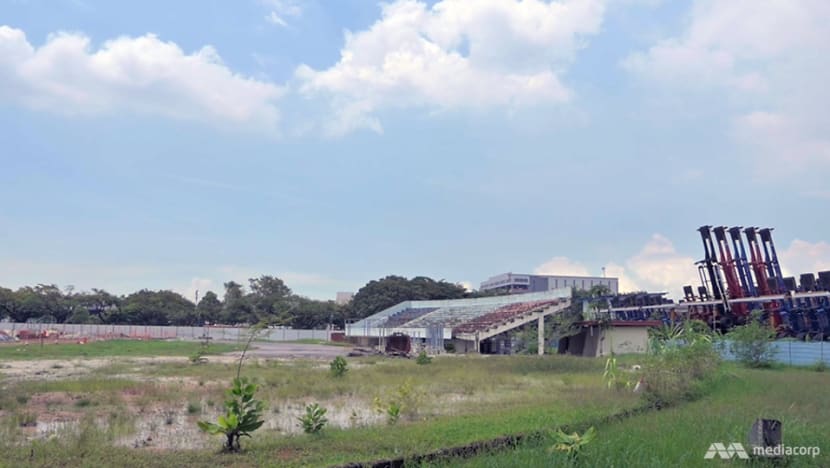
"In the late 1990s and early 2000s, this was the home ground for Singapore Armed Forces FC (SAFFC),” Vern said, referring to the Singapore Premier League club now known as the Warriors Football Club which during its heyday had local greats like Fandi Ahmad play for and coach to victories.
“Those were the good times when S.League was very popular in Singapore and every club had its supporters and the stadiums were packed.
"Every weekend we’d come and buy our tickets. I think it used to cost one to two dollars per game. If SAFFC was playing, we’d have supporters - mostly from Taman Jurong - who’d come to watch the game."
He added: “I still remember when we were kids and sometimes we’d come by slightly too late and they’d closed the ticket counters. We’d actually climb over the fences and sneak into the game.”
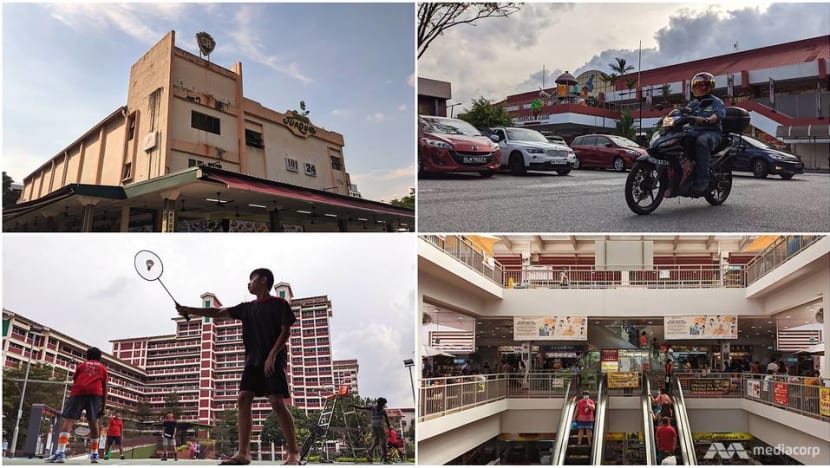
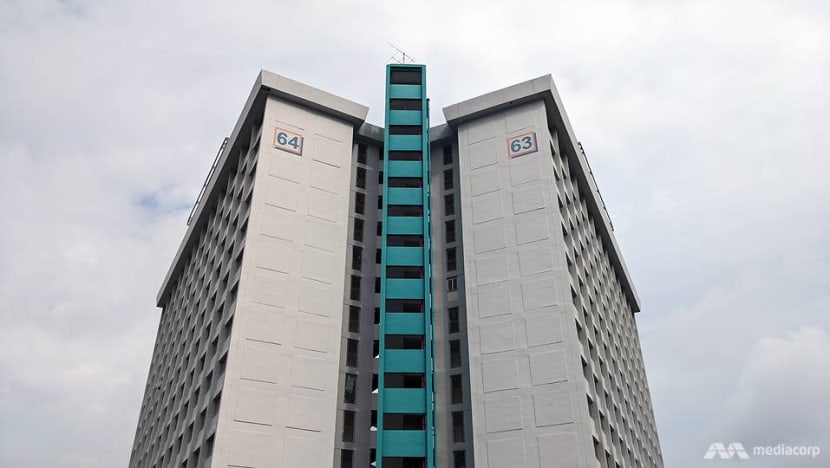
No walkabout in Taman Jurong is complete without visiting the iconic “diamond blocks” - four public housing blocks forming a shape of a diamond. What was once one of the tallest buildings in the area has transformed into a hotspot for shutterbugs looking for memorable snaps, although access is now restricted as it has been repurposed to house migrant workers temporarily as part of Singapore’s fight against COVID-19.
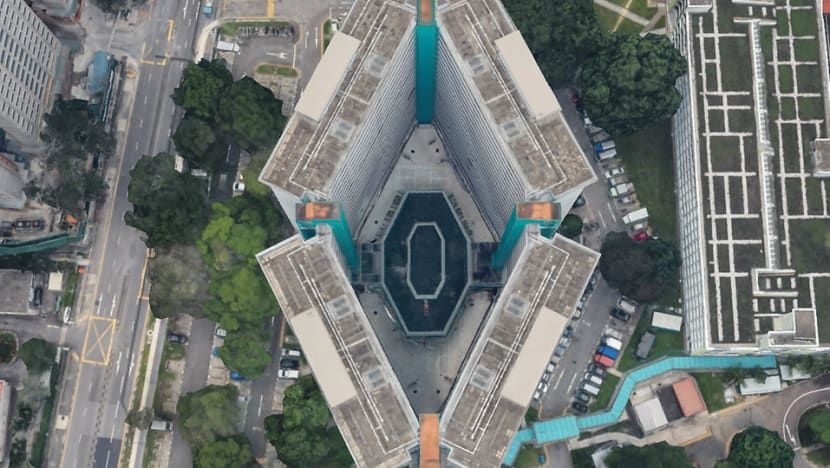
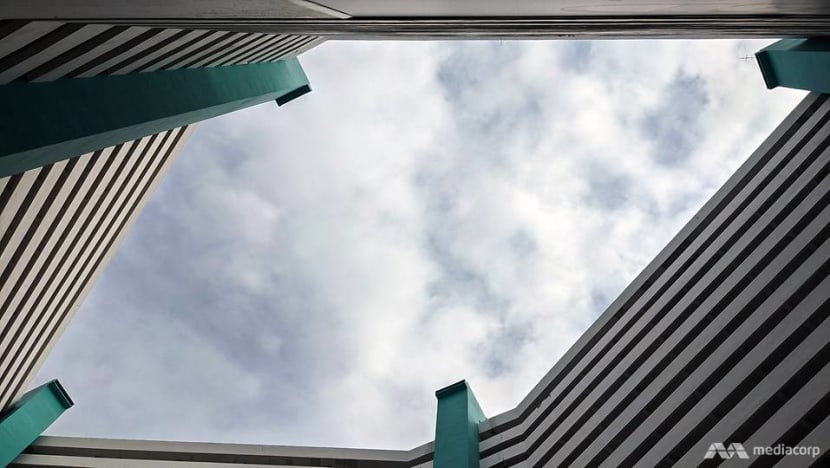
Vern recalled living there between 1992 and 1995, and the area housed many Malaysian immigrants – like his parents – who had moved to Singapore in the early ‘80s.
Before other Housing and Development Board (HDB) blocks sprouted all over Jurong, the 21-storey diamond blocks made it the perfect spot for him and his friends to watch the National Day fireworks illuminate the night skies, he added.
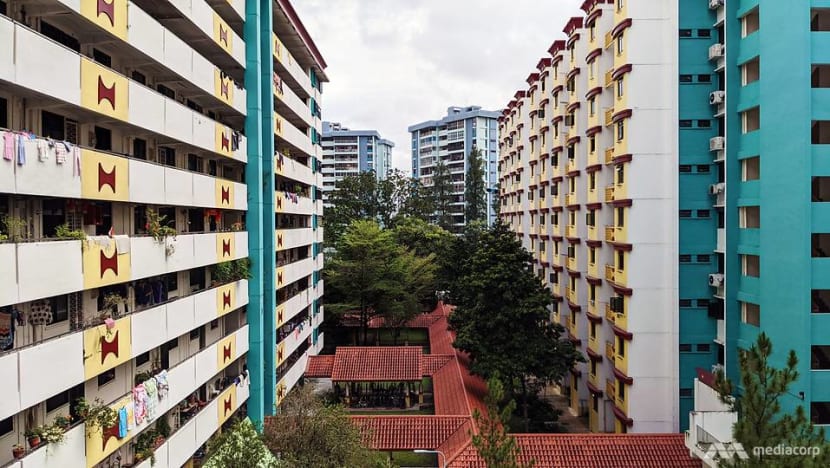
Despite the numerous changes Jurong has seen over the years, Taman Jurong remains a “tight-knit” community because of how small the estate is, said Vern.
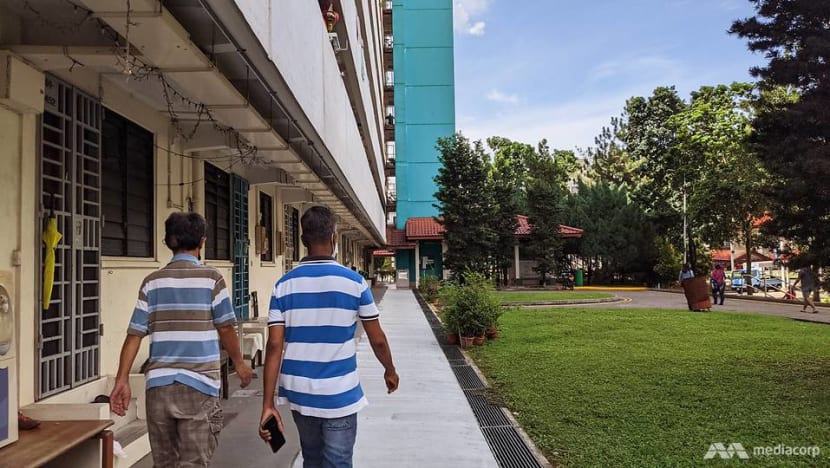
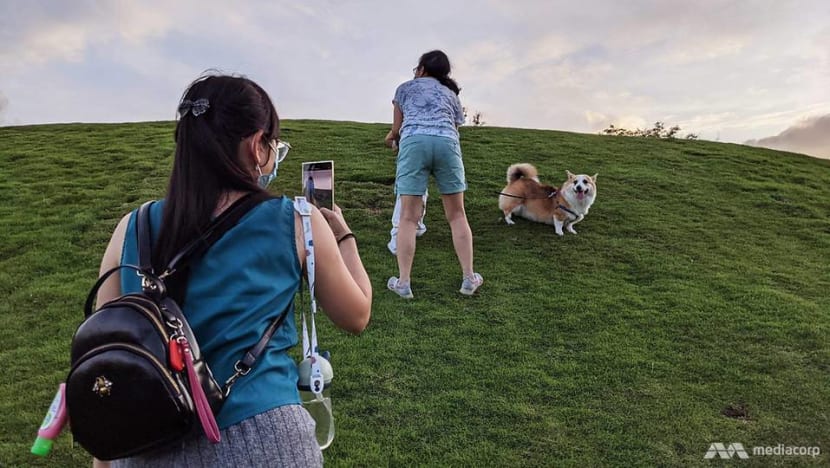
READ: CNA explores Singapore on foot (Day 1): The lone tree and the longer-than-expected walk
THOW KWANG POTTERY JUNGLE: A DRAGON IN THE FOREST
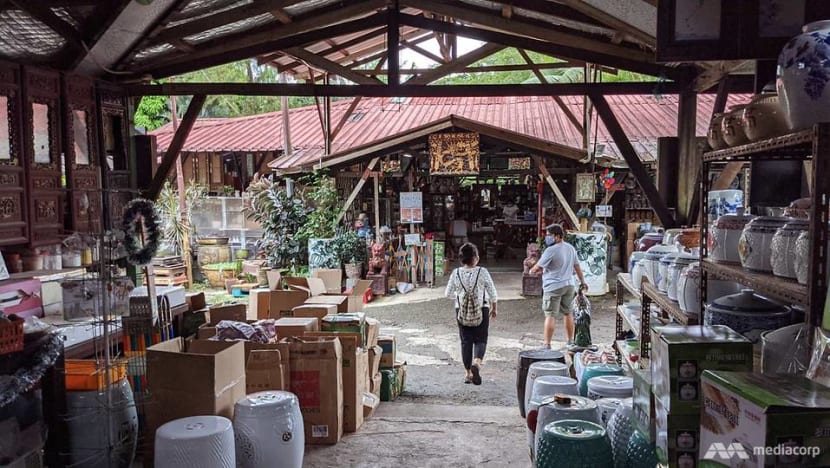
Like Vern, Stella Tan has been in Jurong for nearly three decades although her ties lie in a forest nestled in this western part of Singapore.
Hidden from sight in a cul-de-sac in Lorong Tawas near Nanyang Technological University (NTU) is the Thow Kwang Pottery Jungle – a pottery store featuring a magnificent dragon kiln. And it stays true to its name as the pottery store is surrounded by a wild forest which, according to Stella, used to be even thicker.
Thow Kwang Pottery Jungle sells pottery and organises pottery classes today, but it actually started life as a dragon kiln built by Chinese immigrants in 1940 to mass-produce equipment like latex cups used in rubber plantations.
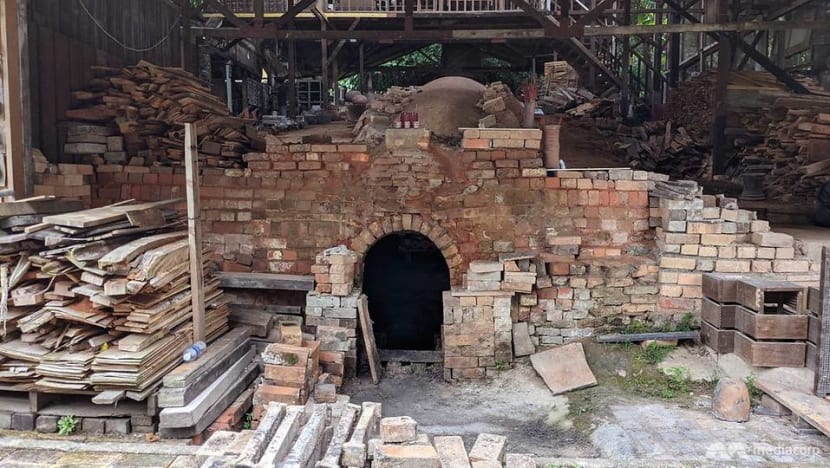
Made of clay and bricks, the dragon kiln extends about 40m and is used as part of a wood-firing process to fire clay. Stella claims that this is the oldest surviving dragon kiln in Singapore as it remains functional even though it was made 80 years ago.
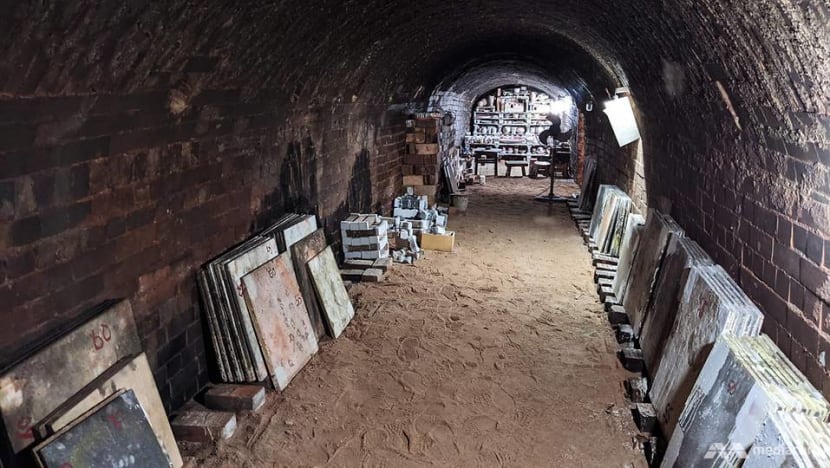
There were more than 10 in the past, but development and lack of next-generation owners resulted in the others closing down.
Stella says her family continues to run the business as they wanted to keep their grandfather’s legacy alive. He bought the kiln in 1965 and the family has been operating it ever since.
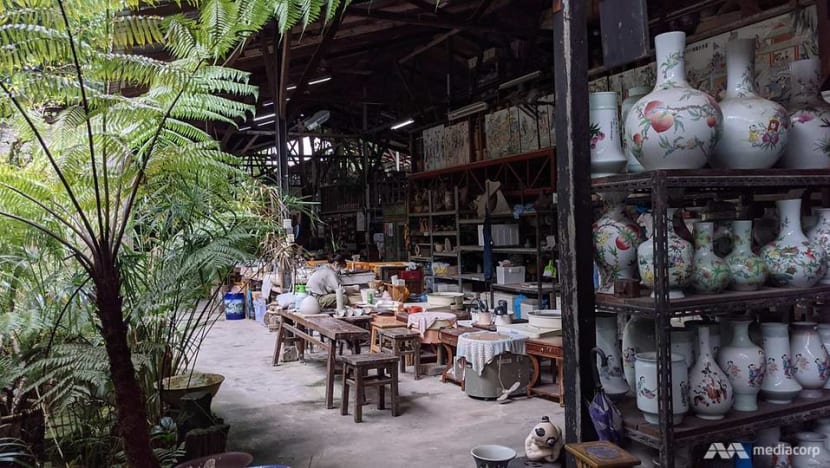
Thow Kwang Pottery Jungle is also the place where many of Stella’s childhood memories were formed, making Jurong her “comfort zone”.
The 29-year-old recalls running around the pottery as a child, oblivious to the dangers of breaking them or, worse, getting injured doing so. Or jumping into the pond in the backyard, which was once used to dig for clay.
The dragon kiln adds to the charm of Jurong and helps counter the image of the area as “boring”, Stella said.
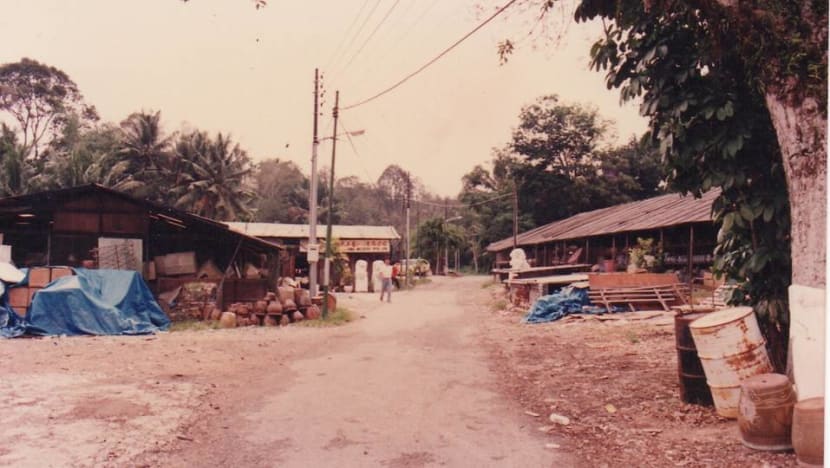
“We are far. We are very close to the (Johor Bahru) side, but you don’t have to bring your passport along,” Stella joked, calling the location ulu ("isolated" in Malay).
“If you want to escape from all the buildings and shopping malls, you can come over … to learn a bit about the Singapore heritage.”
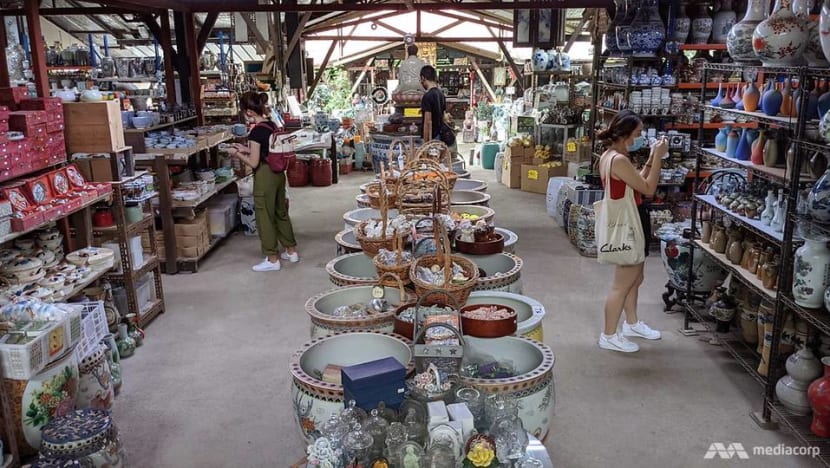
READ: Up Your Alley: Hidden gems around Singapore's Chinatown
JURONG RAILWAY: A WAY TO TRACK HISTORY
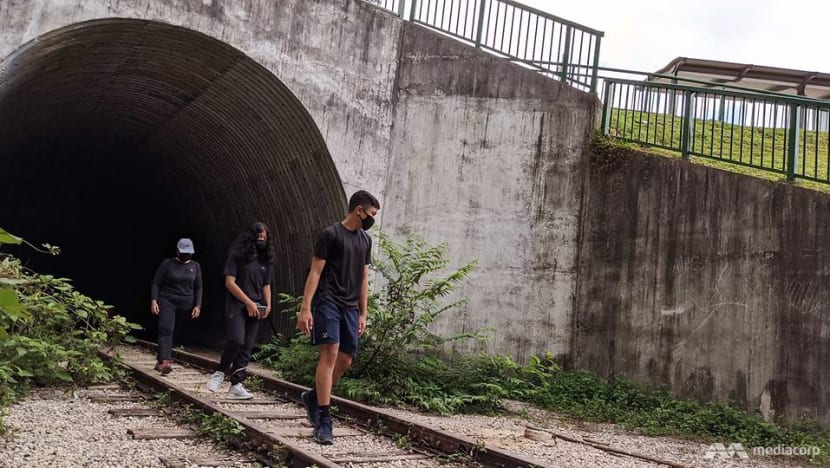
Transport history buffs, this is for you: A railway that flourished in the late 1960s but gradually got displaced by other means of transport.
Afiq Azman, a transportation enthusiast who spent his childhood in Jurong, showed CNA the remnants of Jurong Railway recently. The Jurong Railway came about as part of the Malayan Railway's extension into Jurong Industrial Estate to allow more goods to be transported by the railway back in the ‘60s but became disused by the mid-'90s.
“This Jurong line means a lot to me because it reminds me of who I was,” the 27-year-old told CNA.
“I grew up in Jurong in the ‘90s and I remember when I was in kindergarten, I used to see these railway tracks that ran parallel to the AYE (Ayer Rajah Expressway) on my way to kindergarten,” Afiq recounted. “It kind of got me curious because I would wonder why there were railway tracks when it’s not linked to the MRT network.”
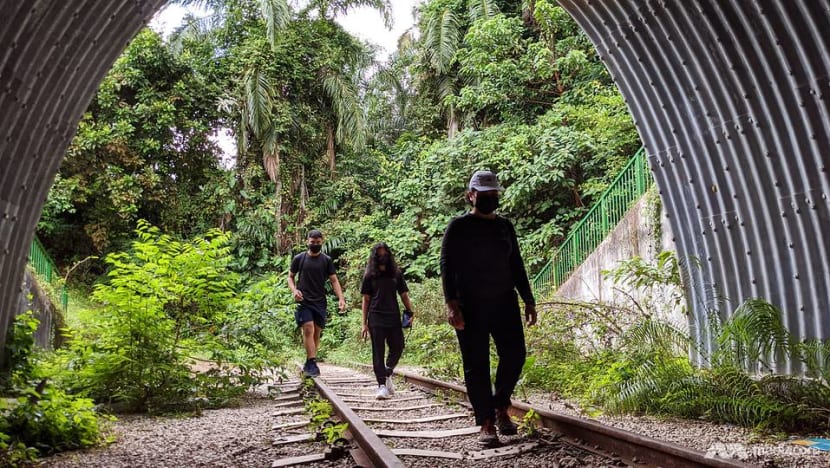
Today, what’s left of Jurong Railway along Clementi Road are bits of a tunnel overgrown with weeds and railway tracks that extend from within the tunnel into the forest surrounding it.
And the railway’s role in Singapore’s development was not lost on Afiq, though he feared not many people would remember its historical significance.
“This place is historical … (but) this line is already much forgotten because a lot of Singaporeans when they think of KTM, they wouldn’t think of this part. They would think about the part from Tanjong Pagar to Bukit Timah to Woodlands.
“(Jurong Railway) is very unique and historical ... just that it’s very understated … and not many people know about it.”

RAFFLES MARINA: FOR FISH AND PHOTOS
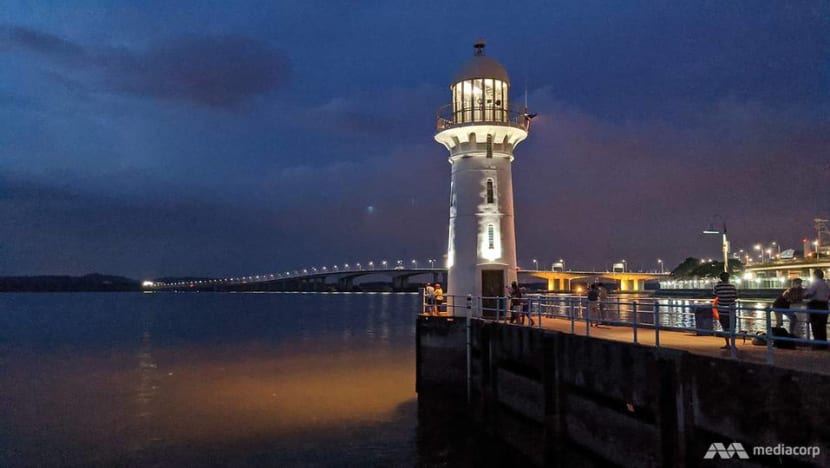
Whether you’re an angler, or just angling for a cool picture, look no further than Raffles Marina.
It looks like a regular country club from the outside, but behind its premises lies a lengthy pier that is open to everyone. The pier, commonly seen dotted with fishermen, ends at a lighthouse that was built in 1994 and now overlooks Tuas Second Link.
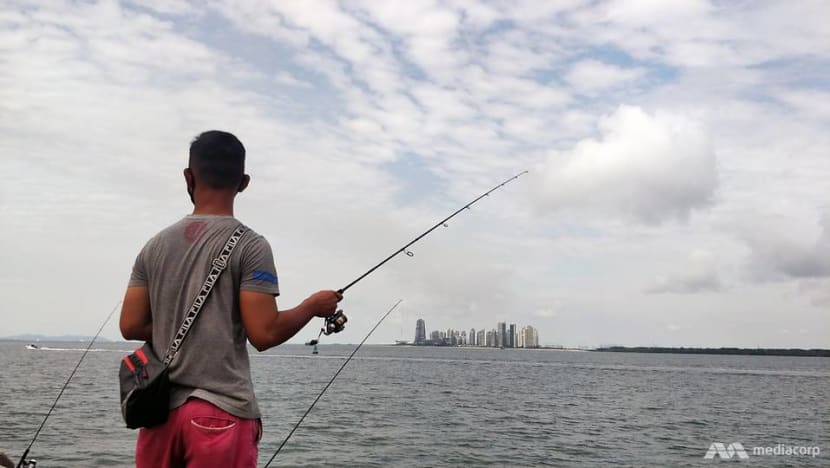
It was the main draw for those armed with cameras rather than fishing rods, evidenced by the fact there was a queue for those looking to get a snap next to the 12m-tall lighthouse when we visited.
The view, as the pictures show, was worth the wait.
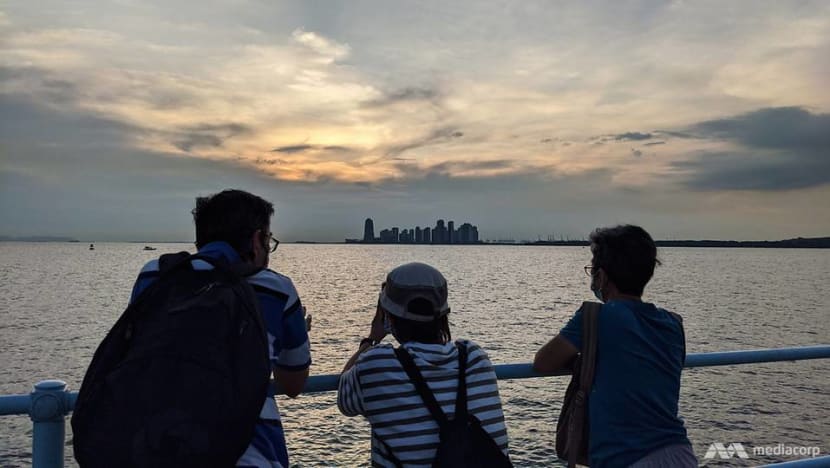
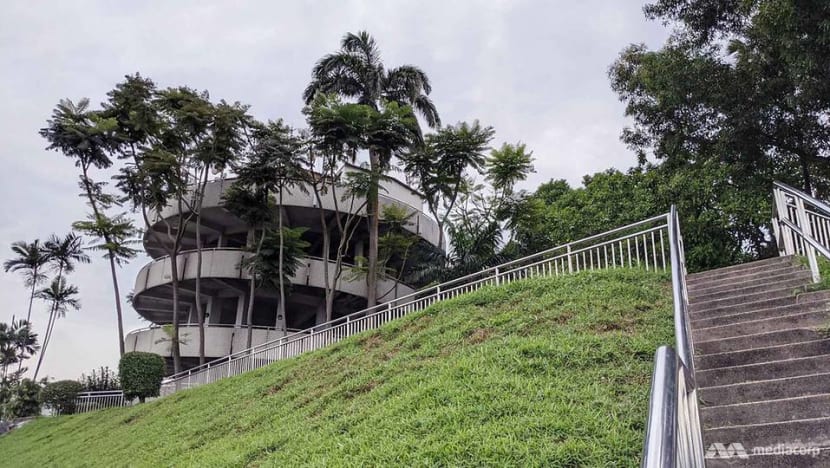
It might come as a surprise to visitors of Jurong Hill, but part of the canopy that offers them shady respite when the sun is out is provided by trees first planted by former foreign leaders like China’s Deng Xiaoping and Canada’s Pierre Trudeau (whose son is current prime minister Justin Trudeau).
They had planted the trees in the Garden of Fame to mark their visits to the Jurong Industrial Estate.
“As a Jurong resident, I’m very proud that a lot of politicians once came here to plant trees … there’s even one by Queen Elizabeth II,” Faisarah Sapuan told CNA. “I don’t think every neighbourhood has that. When I first came here, it was mind-blowing.”
She was introduced to the spot - topped by a signature spiral tower - by her husband, Jonathan Tsang.
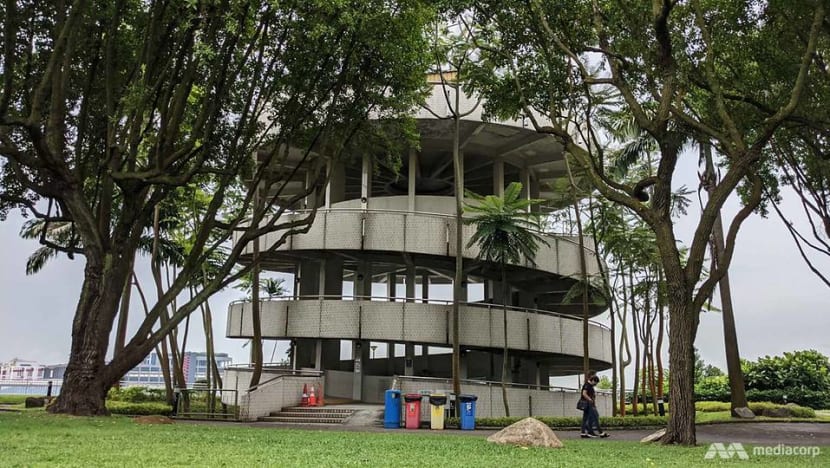
For Jonathan, the views from Jurong Hill, comprising residential estates, factories and a bustling port is testament to the progress Singapore has made.
“I feel that Jurong is a very special place because it’s one of the first to be developed into a trading place by our late deputy prime minister (Dr Goh Keng Swee),” the decade-long Jurong resident said.
“The charm is when you come to Jurong Hill, you get to see the newly developed industrial area and how developed (Singapore is) now.”
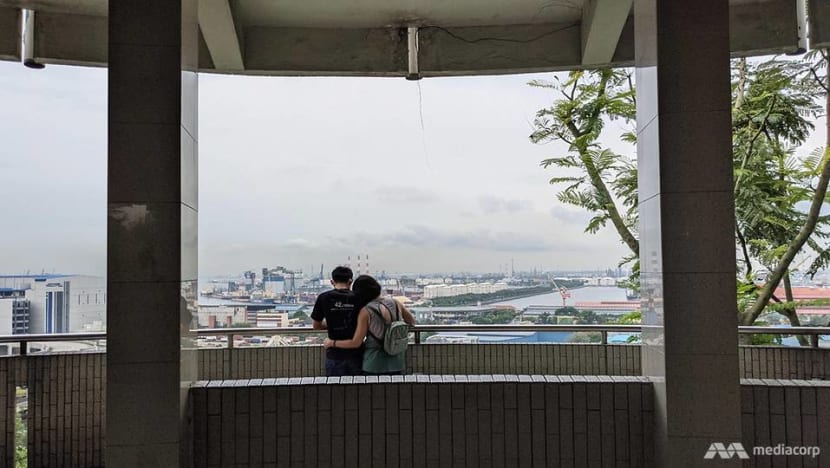
Now it's your turn. We'd like you to tell us what's Up Your Alley. What is it that makes your neighbourhood unique? What are the places visitors may not notice at first glance, but are a unique and intrinsic part of the estate you know and love? Write to us at digitalnews [at] mediacorp.com.sg or message us on Instagram or Facebook. Tell us about some of your favourite spots or about a person who embodies the spirit of the area. We look forward to hearing from















